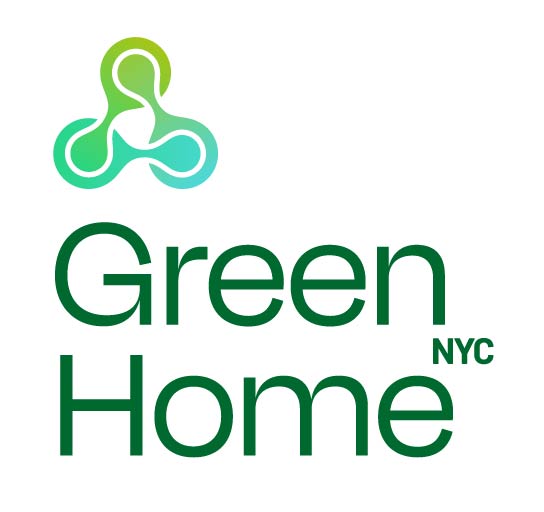Power companies have been taking steps to support energy efficiency with programs and incentives, and volunteer Tad Kroll decided to take some time to look into recent efforts in the commercial sector. Below is some information on what Con Edison is doing, in part based on attending Con Ed’s May summit and while there, speaking with David Pospisil, Program Manager, Commercial & Industrial Energy Efficiency Programs at Con Ed. The summit was organized to discuss increasing demand on the power grid which requires expanded infrastructure and thus increased construction and maintenance costs, and Con Ed’s commercial and industrial incentives programs. Below, Tad reviews these programs with David, with a view towards what they mean for New Yorkers looking to go green in their buildings:
About Con Ed’s incentive programs:
The Con Ed incentives program has already provided $8.6 million in incentives, saving 85,000 megawatt hours in energy and 58,000 decatherms in heating with another 300,000 megawatt hours and 360,000 decatherms savings expected from ongoing improvements. This can cut carbon emissions in New York by the equivalent of the yearly emissions of over 40,000 cars. And over the next 4 years they plan to provide a further $200 million in incentives for more projects. Further, as Pospisil, put it, there is a “high cost for doing nothing.” Already we are seeing shifting priorities towards increased energy efficiency with changes like required benchmarking for large buildings due to local law 84 and the proposed new Zone Green zoning laws. However, as these standards rise, the money available for incentives will decrease.
What’s holding people back and what’s pushing them forward?
Of course despite the incentives and benefits, high-efficiency buildings are not yet the norm. Pospisil says that some building owners are actually distrustful because, ironically, they believe that the cost savings of energy efficiency seem too good to be true. Case studies that can back up the actual cost savings can help to win over against such doubt. New technology is often one of the keys, said Pospisil, to drawing attention to energy efficiency issues, even if actually solutions may be a combination of simple well known behavior changes like temperature control alongside these cutting-edge technologies. Public awareness and information has also done much to move the issue along. The increased transparency brought by building benchmarking is expected to put more pressure on buildings to compete for better efficiency. Side issues that have entered the public conversation such as conversion from oil to natural gas for heating have also brought attention to environmental and efficiency issues. Ultimately, Pospisil indicated that continuing education and outreach would continue to push energy efficiency uptake.
What’s an example of success?
The Trump Place condominiums, including 440 units, worked with the Con Ed program to install new lighting systems, motion sensors and variable frequency drives. They received $85,000 in incentives through the program and achieved a 16-month payback on their improvements. Improved lighting technology has also driven down maintenance costs by expanding the lifetime of bulbs. These savings also freed up more capital for other improvements of the building. All of these advantages were topped off by improved resident comfort. Check here for more information on these programs.

Leave a Reply
You must be logged in to post a comment.